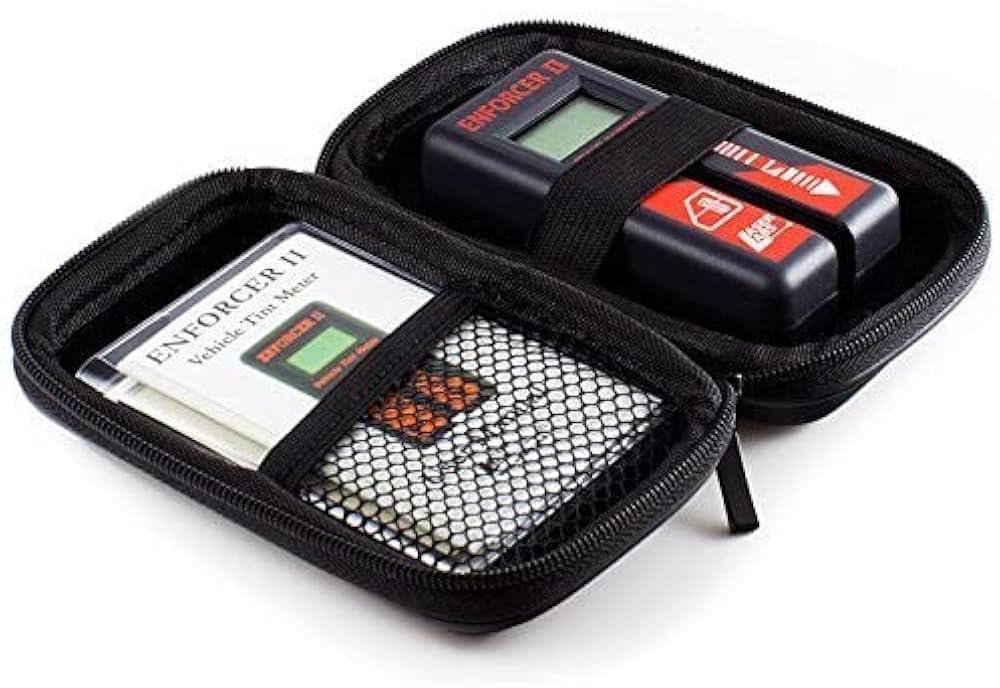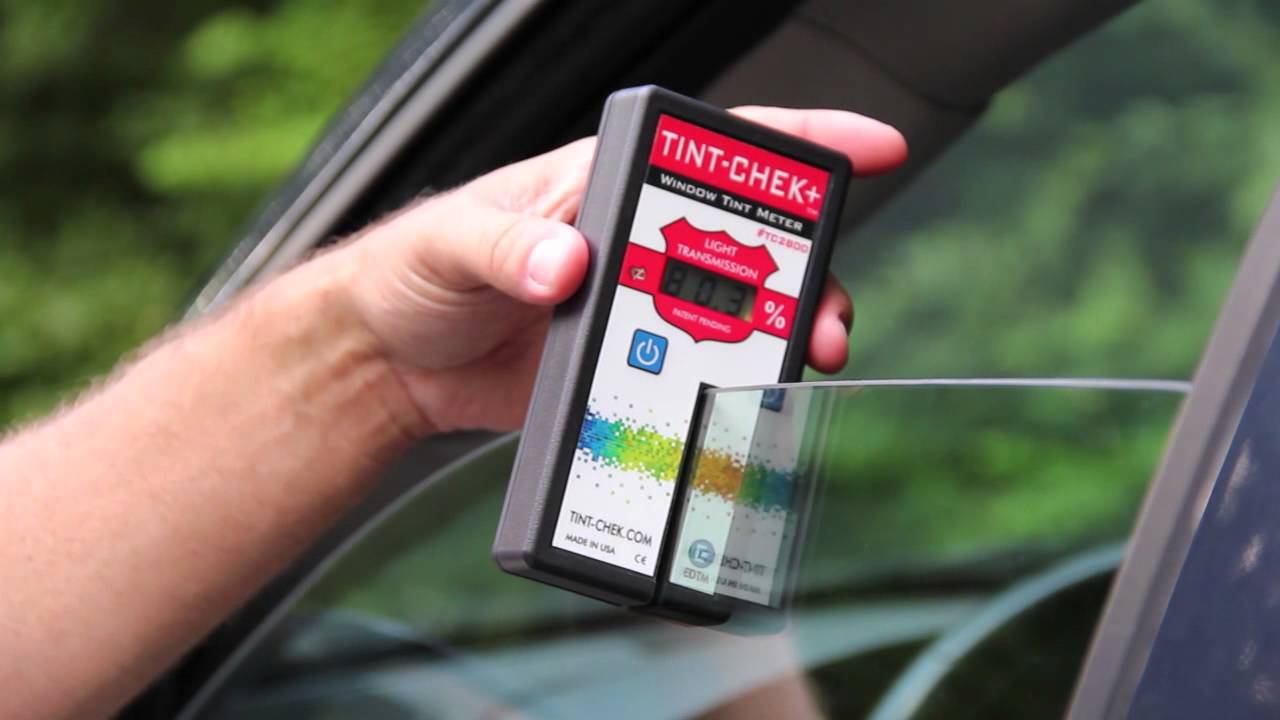Stay Compliant and Avoid Fines—Your Ultimate Guide to 2025 Tint Regulations!
1. Why Window Tint Laws Matter ⚠️
Window tinting isn’t just about style—it’s a safety and legal issue. Non-compliant tint can lead to:
- Hefty fines (100–500+ per violation).
- Failed vehicle inspections, delaying registration.
- Reduced visibility, increasing accident risks at night.
- Legal disputes during traffic stops or accidents.
Key Stat: 32% of traffic stops involve tint-related violations (NHTSA).

2. 2025 Legal Overview: Key Terms to Know 📚
- VLT (Visible Light Transmission): Percentage of light allowed through (e.g., 35% VLT = 35% light passes).
- AS-1 Line: Front windshield tint limit (usually top 4–6 inches).
- Medical Exemption: Allows darker tint for health reasons (e.g., lupus, photosensitivity).
Pro Tip: Always check county-level laws—some regions enforce stricter rules than states!
3. State-by-State Tint Laws for 2025 🗺️
Note: Laws are based on current 2024 regulations and projected 2025 updates. Always verify locally.
NNortheast Region 🌲
New York
- Front Side Windows: 70% VLT.
- Rear Windows: 30% VLT.
- Windshield: AS-1 line (top 6 inches).
- Medical Exemption: Yes (requires physician certification).
New Jersey
- Front/Rear Side Windows: No aftermarket tint allowed (factory tint only).
- Windshield: AS-1 line (top 4 inches).
- Medical Exemption: No.
Pennsylvania
- Front Side Windows: 70% VLT.
- Rear Windows: 70% VLT for sedans; any darkness for SUVs/trucks.
- Windshield: AS-1 line (top 5 inches).
- Reflective Tint: Banned.
Massachusetts
- Front Side Windows: 35% VLT.
- Rear Windows: 35% VLT.
- Windshield: Non-reflective tint on AS-1 line only.
- 2025 Update: Stricter penalties for reflective tints.
Connecticut
- Front Side Windows: 35% VLT.
- Rear Windows: 35% VLT.
- Medical Exemption: Yes (form must be renewed annually).
Southwest Region 🌵
Texas
- Front Side Windows: 25% VLT.
- Rear Windows/Back Windshield: Any darkness.
- Windshield: AS-1 line (top 5 inches).
- Reflective Tint: Banned.
California
- Front Side Windows: 70% VLT.
- Rear Windows: Any darkness.
- Windshield: AS-1 line (top 4 inches).
- 2025 Update: Reflective tints now limited to 10% reflectivity.
Arizona
- Front Side Windows: 33% VLT.
- Rear Windows: Any darkness.
- Windshield: Non-reflective tint allowed on top 5 inches.
Nevada
- Front Side Windows: 35% VLT.
- Rear Windows: 35% VLT.
- Medical Exemption: Yes (requires DMV approval).
New Mexico
- Front Side Windows: 20% VLT.
- Rear Windows: 20% VLT.
- 2025 Update: New penalties for non-compliant reflective tints.
Midwest Region 🌽
Illinois
- Front Side Windows: 35% VLT.
- Rear Windows: 35% VLT.
- Windshield: Non-reflective tint on AS-1 line only.
- Medical Exemption: No.
Ohio
- Front Side Windows: 50% VLT.
- Rear Windows: Any darkness.
- Reflective Tint: Allowed up to 25% reflectivity.
Michigan
- Front Side Windows: 4-inch strip allowed on windshield; no side tint.
- Rear Windows: Any darkness.
- Medical Exemption: Yes (rarely granted).
Indiana
- Front Side Windows: 30% VLT.
- Rear Windows: 30% VLT.
- 2025 Update: Tint meters required for inspections.
Wisconsin
- Front Side Windows: 50% VLT.
- Rear Windows: 35% VLT.
- Medical Exemption: Yes (requires annual renewal).
Southeast Region 🌴
Florida
- Front Side Windows: 28% VLT.
- Rear Windows: 15% VLT (sedans); 6% VLT (SUVs/trucks).
- Windshield: 6-inch AS-1 line.
Georgia
- Front Side Windows: 32% VLT.
- Rear Windows: 32% VLT.
- Medical Exemption: Yes (requires state-approved form).
North Carolina
- Front Side Windows: 35% VLT.
- Rear Windows: 35% VLT.
- Reflective Tint: Banned.
Tennessee
- Front Side Windows: 35% VLT.
- Rear Windows: 35% VLT.
- 2025 Update: Mandatory tint certification for installers.
Alabama
- Front Side Windows: 32% VLT.
- Rear Windows: 32% VLT.
- Medical Exemption: Yes (lifetime certification available).
West Region ⛰️
Colorado
- Front Side Windows: 27% VLT.
- Rear Windows: 27% VLT.
- Windshield: Non-reflective tint on top 4 inches.
Utah
- Front Side Windows: 43% VLT.
- Rear Windows: 43% VLT.
- Medical Exemption: Yes (easy online application).
Washington
- Front Side Windows: 24% VLT.
- Rear Windows: 24% VLT.
- Reflective Tint: Banned.
Oregon
- Front Side Windows: 35% VLT.
- Rear Windows: 35% VLT.
- 2025 Update: Tint darkness allowances reduced by 5%.
Pacific Region 🏖️
Hawaii
- Front Side Windows: 35% VLT.
- Rear Windows: 35% VLT.
- Windshield: AS-1 line (top 5 inches).
Alaska
- Front Side Windows: 70% VLT.
- Rear Windows: 40% VLT.
- Medical Exemption: No.
Special Cases 🚨
Delaware
- Front/Rear Windows: 70% VLT.
- Medical Exemption: No.
Rhode Island
- Front Side Windows: 70% VLT.
- Rear Windows: 70% VLT.
- Medical Exemption: No.
District of Columbia (DC)
Reflective Tint: Banned.)
Front Side Windows: 70% VLT.
Rear Windows: 50% VLT.
4. How to Measure Tint Darkness Accurately 📏
Method 1: Tint Meter (Professional Tool)
- Press the meter against the glass for instant VLT reading.
- Cost: 50–300 (e.g., Enforcer II Tint Meter).

Method 2: DIY VLT Chart
- Hold a VLT chart behind the tint. Match the shade to the percentage.
Pro Tip: Police use tint meters during stops—stay compliant!
5. Consequences of Illegal Tint 🚨
- Fines: Up to $1,000 in states like Illinois.
- Insurance Issues: Claims denied if illegal tint contributed to an accident.
- Forced Removal: Peel off tint on the spot or face impoundment.
6. Medical Exemptions: How to Apply �
- Qualifying Conditions: Lupus, melanoma, chronic migraines.
- Process:
- Obtain a doctor’s note.
- Submit to DMV with fee (10–50).
- Display exemption certificate in the vehicle.
States with No Exemptions: Delaware, Rhode Island.
7. Top 5 Legal Window Tint Brands 🛒
| Brand | Product | VLT Options | Best For |
|---|---|---|---|
| 3M | Ceramic IR Series | 20%–70% | Heat rejection & compliance |
| LLumar | Air 80 | 80% (clear) | Windshield UV protection |
| XPEL | Prime XR Plus | 35%–70% | Durability & clarity |
| SunTek | CXP | 5%–50% | Budget-friendly options |
| Madico | Charcool | 20%–60% | Medical exemption darkness |
8. FAQs ❓
Q1: Can I tint my windshield completely?
A: No—only the AS-1 line (top 4–6 inches) is legal in most states.
Q2: Does factory tint count toward VLT limits?
A: Yes! Combined factory + aftermarket tint must meet state VLT.
Q3: Are ceramic tints exempt from laws?
A: No—they must still comply with VLT rules.
Q4: How often do tint laws change?
A: Annually. Bookmark your state’s DMV page for updates.
Q5: Can I contest a tint ticket?
A: Yes, with proof of compliance (e.g., tint meter receipt).
9. Free 2025 Tint Law Checklist 📝
[🔗 Download Your Free PDF Here]
Includes:
- State-specific VLT limits.
- Medical exemption forms.
- Inspection prep steps.

10. Pro Tips for Staying Compliant 🔧
- Get a Professional Installer: They know local laws.
- Keep Receipts: Prove tint darkness if questioned.
- Avoid Reflective Tints: Banned in 43 states.
Expand Your Automotive Knowledge 📝
Explore 500+ Free Expert-Curated Guides
🚗 Learn New Skills
From basic maintenance to advanced repairs — clear, actionable tutorials for every skill level.
🌍 Access Anywhere
Mobile-friendly guides with HD visuals. No downloads required.
- Guides & Tutorials
- Car Maintenance 101
- Diagnostics & Troubleshooting
- Seasonal Maintenance
- Budget-Friendly Repairs
- Electrical Systems Guide
- Car Safety & Reliability
- Tools & Product Reviews
- Routine Maintenance
- Car Modifications & Upgrades
- Buying/Selling Guides
- Eco-Friendly Car Care
- Advanced Repairs
- Car Laws & Compliance
- Emergency Repairs
- Future Car Tech



